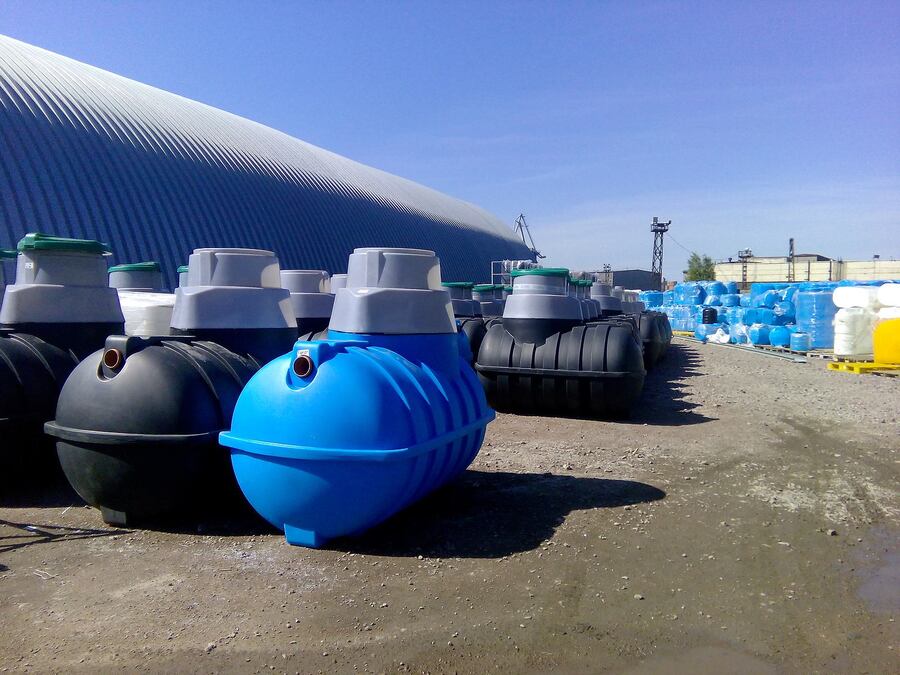
28
Installing a septic system is a major investment for any property that lacks access to a municipal sewer system. Proper preparation is essential to ensure the installation process goes smoothly and your system functions efficiently for years to come. Whether you’re replacing an old system or installing a brand-new one, following these key steps will set you up for success.
Before septic tank installation, a thorough site evaluation is necessary.
Once your permits are secured and the site evaluation is complete, excavation work can begin.
Proper placement of the septic tank is critical to ensure functionality and longevity. Key considerations include:
The drain field (also called the leach field) plays a crucial role in wastewater treatment. To prepare:
A septic system requires regular maintenance to function properly.
Once your septic system is installed, it’s essential to educate everyone in your home about proper usage. Avoid flushing non-biodegradable materials, grease, or harsh chemicals down the drain, as these can clog or damage the system. Encourage responsible water use and schedule regular inspections to keep the system functioning efficiently.
Preparing for a septic system installation involves careful planning, from site evaluation to excavation and future maintenance. By taking the right steps before installation, you can ensure your system operates efficiently for years. Remember to schedule regular septic tank pumping and cleaning to maintain optimal performance. Hiring a professional from Charlotte Septic Pros for installation and maintenance will help prevent costly repairs and extend the life of your septic system.
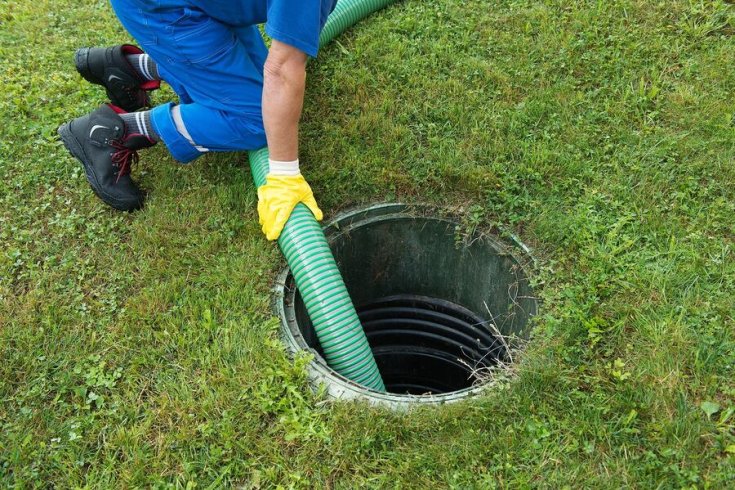
18
Reliable and Affordable Septic Services A properly functioning septic system is essential for any home or business that relies on…
Read more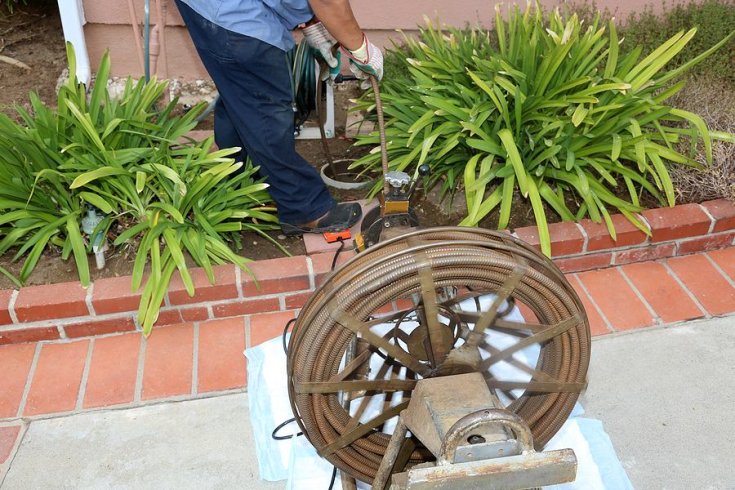
09
Signs and Solutions for a Failing Drain Field Your septic system plays a critical role in managing household wastewater, and…
Read more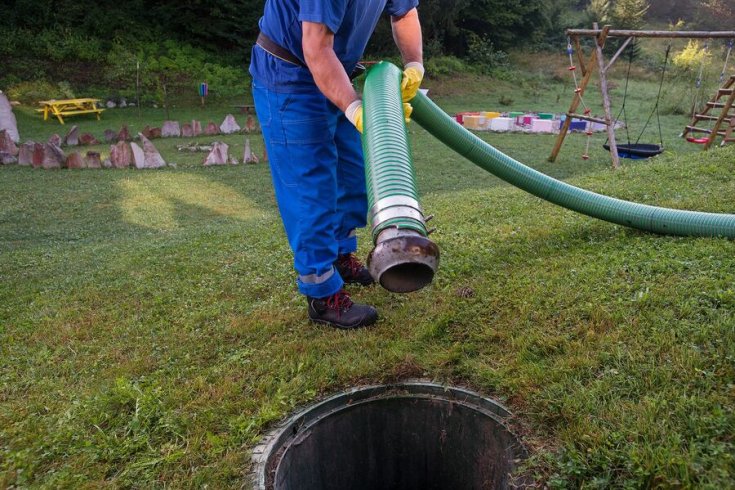
03
A Newbie’s Guide to Septic Pumping If you’re new to homeownership and have a septic system, you might be wondering…
Read more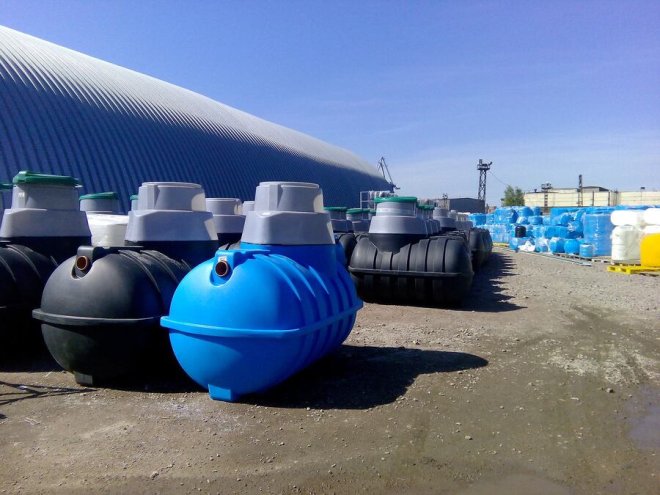
28
How to Prepare for Septic System Installation Installing a septic system is a major investment for any property that lacks…
Read more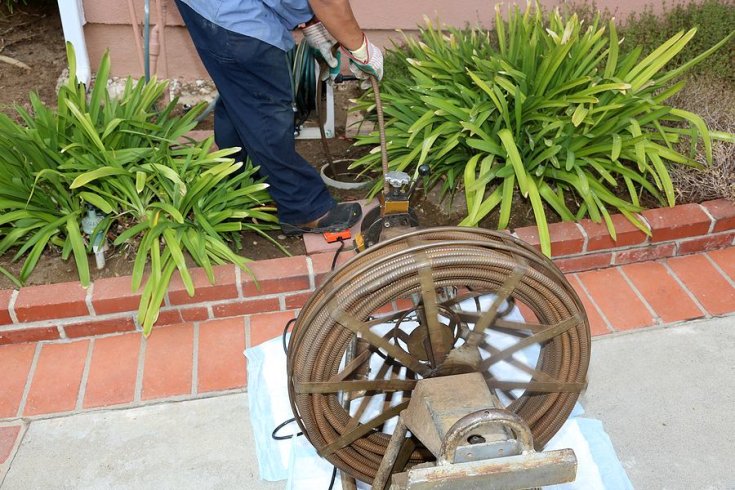
20
How Main Drain Cleaning Can Prevent Sewer Backups Sewer backups are one of the most unpleasant plumbing emergencies homeowners can…
Read more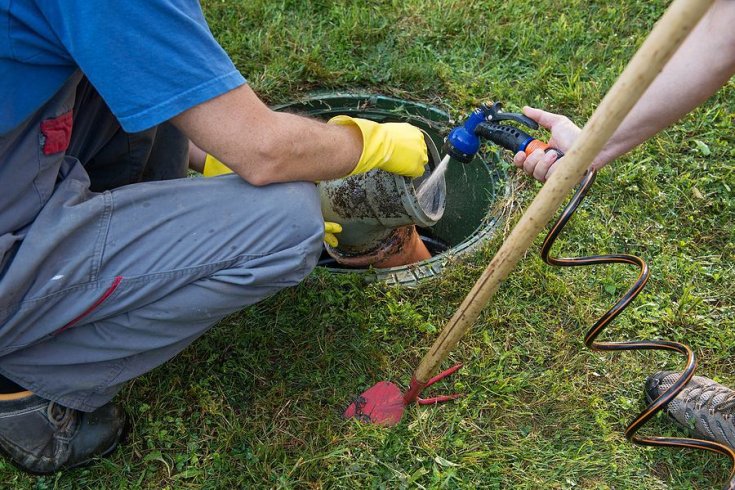
13
What to Do When You Have Drainage Problems Drainage problems can be frustrating and cause serious damage if left untreated.…
Read more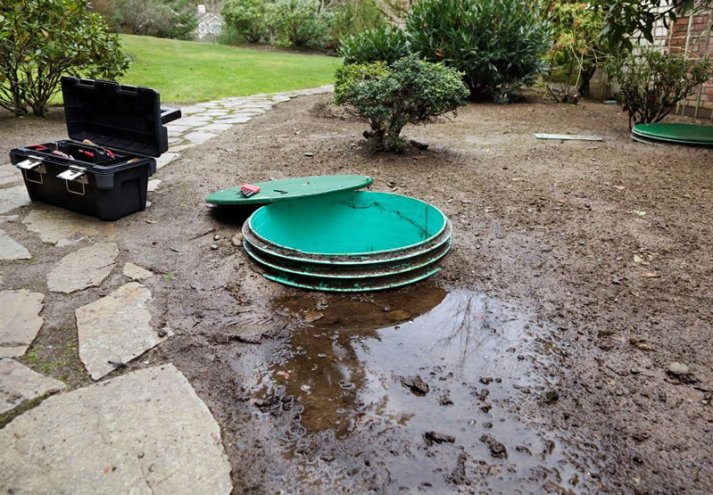
04
Signs and Causes of Septic Leaks A leaking septic system can pose serious health and environmental risks. If left untreated,…
Read more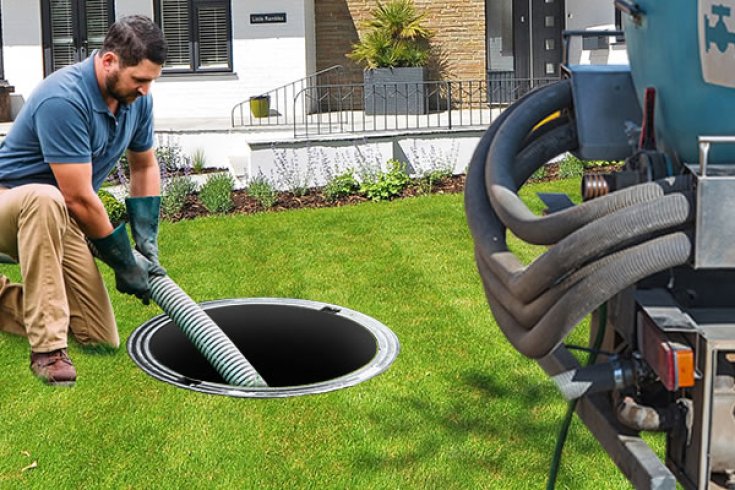
02
Unusual Septic Tank Blockages: Keeping Your Septic System Healthy A properly functioning septic system is crucial for any home or…
Read more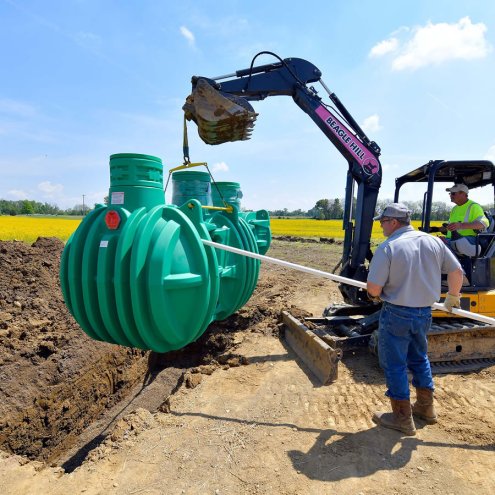
23
Seasonal Weather and Septic Systems Tank Your septic system plays a vital role in managing household wastewater, but seasonal weather…
Read more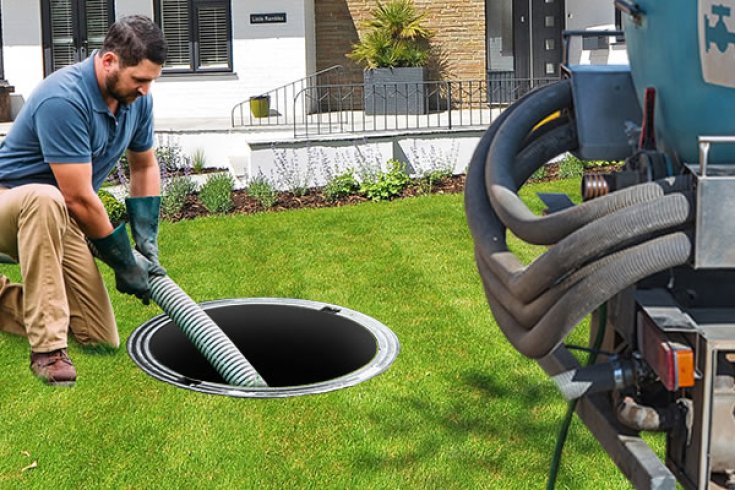
15
Why Toilet Paper Matters to Your Septic Tank Many homeowners don’t give much thought to their toilet paper—until it starts…
Read more